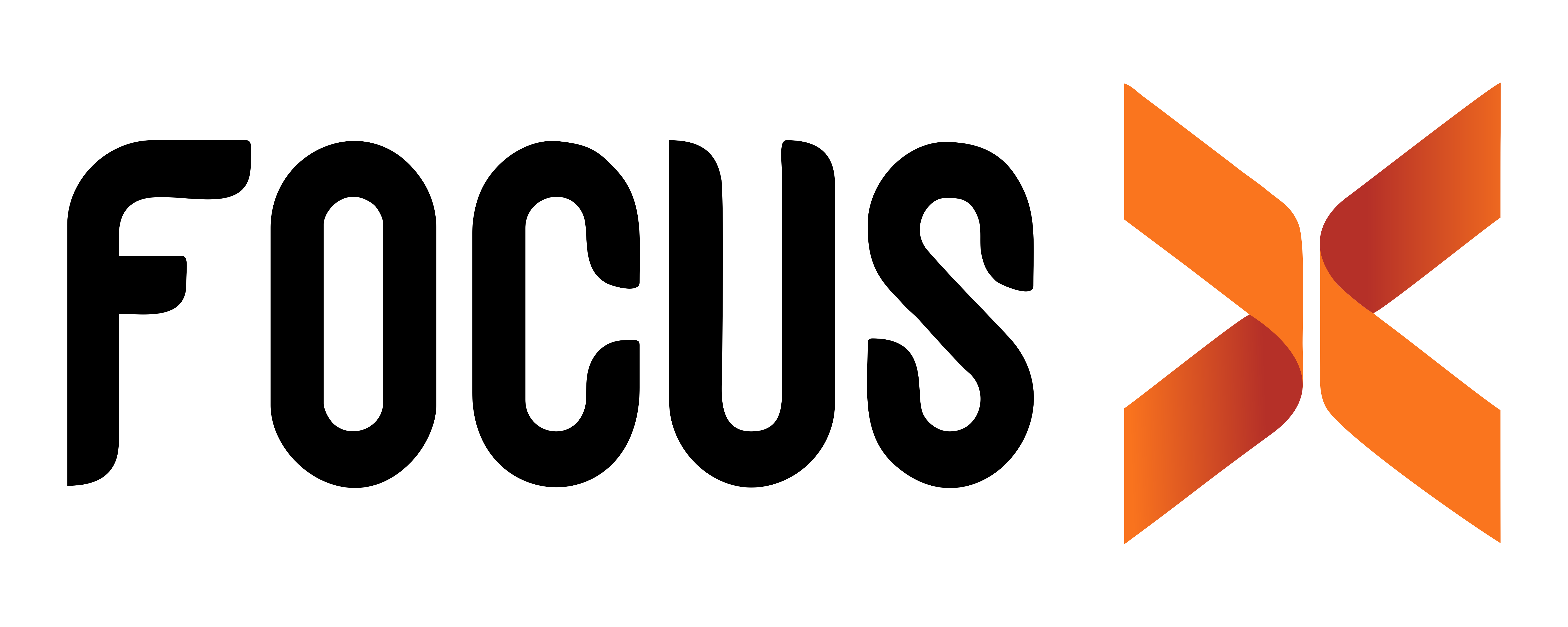1. Real-time tracking
One of the most significant changes in inventory tracking is the shift to real-time tracking. Modern warehousing utilizes advanced technologies such as barcode scanning, RFID tags, and IoT (Internet of Things) devices to capture and update inventory data instantly. Warehouse staff can scan or tag items, and the information is immediately reflected in the inventory management system. This real-time visibility allows for accurate and up-to-date inventory information, reducing errors and enabling faster decision-making.
2. Automation and integration
Automation has revolutionized inventory tracking in modern warehousing. Warehouse management software automates various inventory-related tasks, including receiving, put-away, picking, and replenishment. Automated systems can track stock levels, generate alerts for low stock, and even initiate reordering processes. Moreover, modern inventory tracking systems seamlessly integrate with other systems such as order management, purchasing, and accounting, ensuring data consistency across the entire supply chain.
3. Improved accuracy
Manual inventory tracking methods were prone to human errors, leading to inaccuracies in stock levels and data. However, with the introduction of automated tracking systems, the accuracy of inventory data has significantly improved. Barcode scanning and RFID technologies eliminate manual data entry, reducing the risk of mistakes. Additionally, inventory tracking software can validate received quantities against purchase orders, ensuring accurate inventory counts and reducing discrepancies.
4. Enhanced efficiency
Inventory tracking in modern warehousing has greatly enhanced efficiency. Warehouse management software optimizes inventory movement by suggesting the most efficient paths for picking, put-away, and replenishment. It eliminates time-consuming manual searches for items by providing real-time information on item locations. With efficient inventory tracking, warehouse staff can minimize travel time, increase productivity, and fulfil customer orders faster.

5. Mobile and cloud-based solutions
Mobile devices and cloud-based solutions have transformed the way inventory tracking is conducted. Warehouse staff can use mobile devices equipped with inventory tracking apps to perform various tasks, including receiving, picking, and stocktaking. These mobile apps synchronize data with the central inventory management system in real-time, providing instant updates and enabling access to inventory information from anywhere in the warehouse. Cloud-based inventory tracking solutions offer scalability, accessibility, and data security, eliminating the need for on-premises infrastructure and allowing for seamless integration with other systems.
6. Advanced analytics and reporting
Modern inventory tracking systems provide advanced analytics and reporting capabilities. These tools allow warehouse managers to analyze inventory data, identify trends, and make data-driven decisions. With the ability to generate reports on inventory turnover, stock accuracy, and order fulfilment rates, managers can optimize inventory levels, reduce carrying costs, and improve overall warehouse performance.
7. Demand-driven inventory management
Another notable change in inventory tracking is the shift towards demand-driven inventory management. Advanced inventory tracking systems use historical data, sales forecasts, and real-time demand signals to optimize inventory levels. By analyzing customer demand patterns and adjusting reorder points accordingly, warehouses can minimize excess inventory and reduce stockouts, improving customer satisfaction and increasing operational efficiency.
Conclusion
Inventory tracking in modern warehousing has undergone significant changes with the advent of advanced technologies and warehouse management software. Real-time tracking, automation, improved accuracy, enhanced efficiency, mobile and cloud-based solutions, advanced analytics, and demand-driven inventory management have transformed the way warehouses manage their inventory. Implementing an inventory tracking system can streamline operations, reduce costs, and improve customer satisfaction, ultimately leading to a competitive advantage in the modern warehousing industry.







